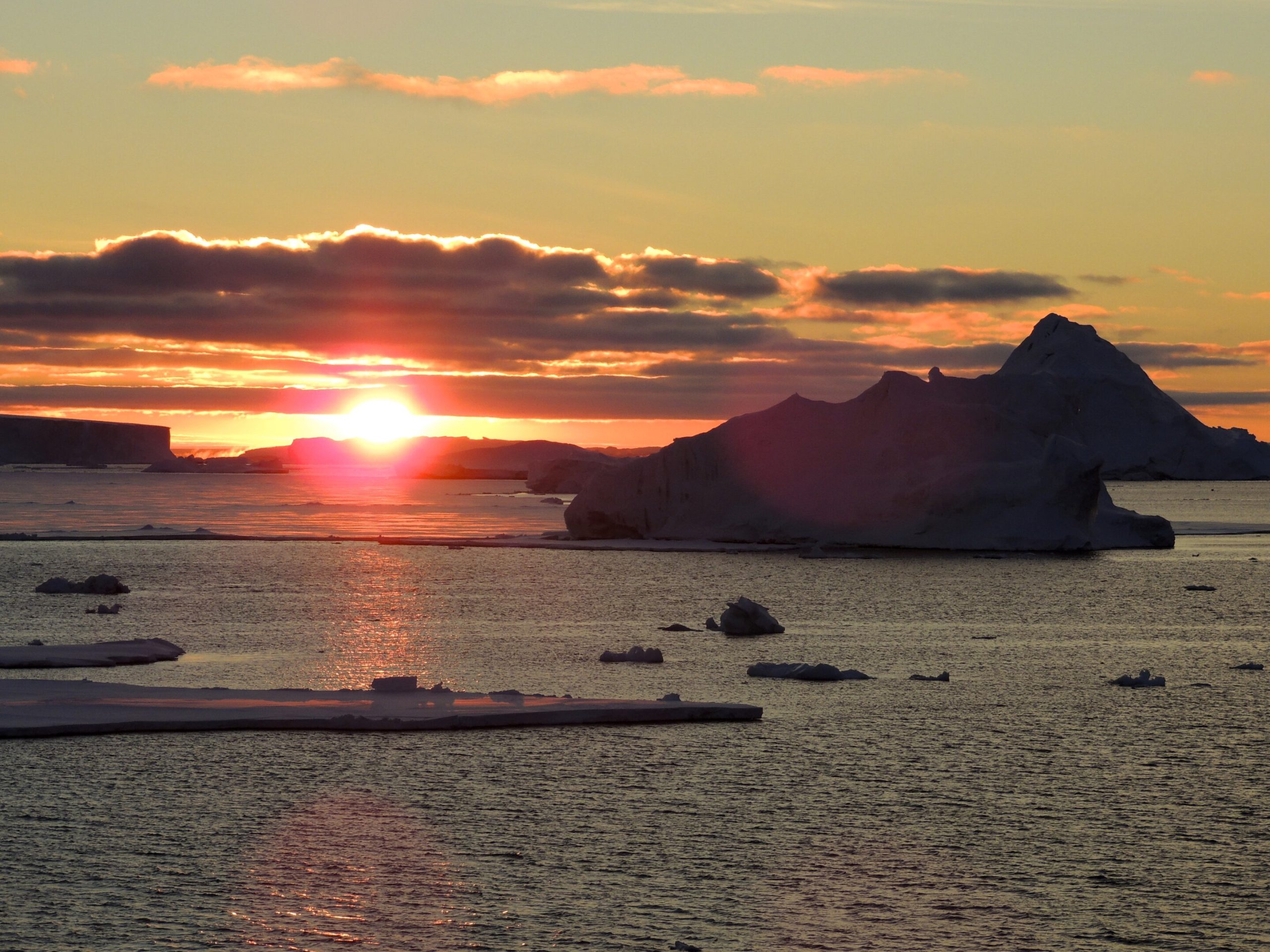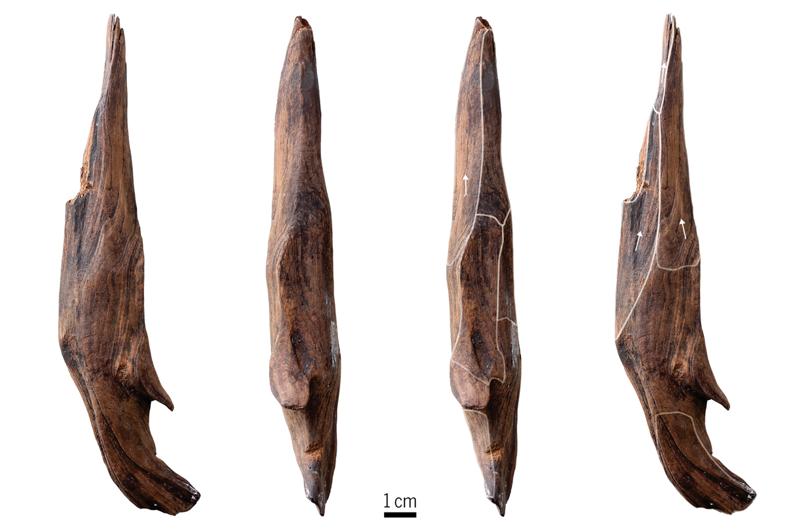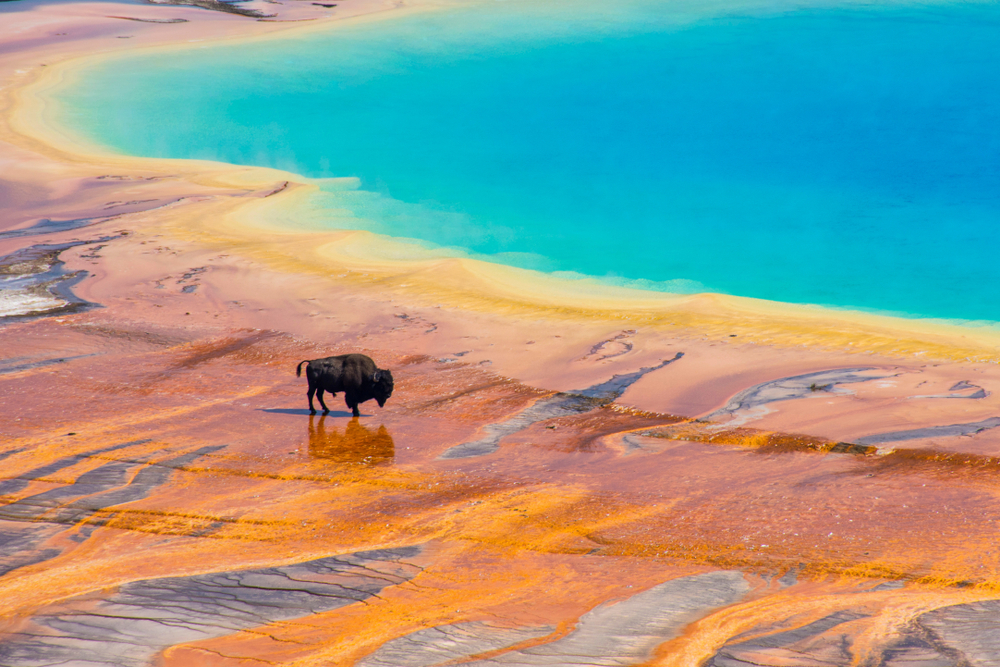Now Reading: A Saltier Southern Ocean Could Cause More Melting Ice in Antarctica
-
01
A Saltier Southern Ocean Could Cause More Melting Ice in Antarctica
A Saltier Southern Ocean Could Cause More Melting Ice in Antarctica

The melting of Antarctica’s sea ice has had severe consequences for the Southern Ocean already, from the loss of its habitats to the increase of its sea levels to the intensification of its storms and severe weather. But it turns out that things can always take a turn for the worse.
A new study in the Proceedings of the National Academy of Sciences has found that the surface of the Southern Ocean is suddenly getting saltier rather than fresher, as more and more Antarctic sea ice is lost. According to the study authors, this trend began in 2015 and comes as a surprise to scientists, spelling trouble for the remaining sea ice.
“Saltier surface water allows deep ocean heat to rise more easily, melting sea ice from below,” said Alessandro Silvano, a study author and a researcher at the University of Southampton, according to a press release. “It’s a dangerous feedback loop: Less ice leads to more heat, which leads to even less ice.”
Read More: The Antarctic Ice Sheet Formed By Ideal Coincidence
Sudden Sea Change
Antarctica’s sea ice has been melting for decades, and for much of that time, this melt has made the surface of the Southern Ocean fresher, maintaining the ice that still survives. (In fact, a fresher ocean surface supports ice much more than a saltier one, trapping heat in the deep sea and saving the ice that’s still at the surface from melting from below.)
But now Silvano and a team of other researchers have found that the Southern Ocean’s surface has stopped becoming fresher and has started becoming saltier, instead, leaving the ice that’s still around at much greater risk.
Sourcing their data from satellites and submersible robots, the study authors discovered that a surge in the saltiness at the Southern Ocean’s surface has been sustained since 2015. Since then, swaths of ice that could cover the surface of Greenland have melted, and a single splotch of open ocean — the Maud Rise polynya — has reappeared in the Weddell Sea for the first time since the 1970s, spanning an area around four times that of Wales.
“The return of the Maud Rise polynya signals just how unusual the current conditions are,” Silvano said in the release. “If this salty, low-ice state continues, it could permanently reshape the Southern Ocean — and with it, the planet. The effects are already global: stronger storms, warmer oceans, and shrinking habitats for penguins and other iconic Antarctic wildlife.”
Read More: Glacier in Antarctica Caught Committing Ice Piracy From Its Neighbor
A Challenge to Current Models of Climate Change?
Prior to the new study, it was thought that the Antarctic sea ice would be maintained with warming, at least for a while. Though increasing temperatures would melt some of the ice, the melt would protect what remained, or so it was thought, by making the surface of the ocean fresher. This would increase ocean stratification, separating the warmer waters of the deep ocean from the cooler waters of the surface ocean, thus stopping the remaining ice from melting away.
“Previous projections emphasized enhanced surface freshening and stronger ocean stratification, which could have supported sustained sea ice cover,” said Aditya Narayanan, another study author and a researcher at the University of Southampton, according to the release. “Instead, a rapid reduction in sea ice — an important reflector of solar radiation — has occurred, potentially accelerating global warming.”
According to the team, futher work will have to be done to determine the driving forces behind this shift. However, until those forces are identified, the new study emphasizes that there are still some surprises associated with worsening climate change — surprises that are crucial to monitor and incorporate into current climate change models.
“The new findings suggest that our current understanding may be insufficient to accurately predict future changes,” said Alberto Naveira Garabato, another study author and a professor at the University of Southampton, according to the release. “It makes the need for continuous satellite and in-situ monitoring all the more pressing, so we can better understand the drivers of recent and future shifts in the ice-ocean system.”
Read More: Chicago-Sized Iceberg Breaks Away From Ice Sheet, Revealing Thriving Ecosystem
Article Sources
Our writers at Discovermagazine.com use peer-reviewed studies and high-quality sources for our articles, and our editors review for scientific accuracy and editorial standards. Review the sources used below for this article:
-
PNAS. Rising Surface Salinity and Declining Sea Ice: A New Southern Ocean State Revealed by Satellites
-
Science Advances. Ekman-Driven Salt Transport as a Key Mechanism for Open-Ocean Polynya Formation at Maud Rise
-
Communications Earth & Environment. Regional Emperor Penguin Population Declines Exceed Modelled Projections
Sam Walters is a journalist covering archaeology, paleontology, ecology, and evolution for Discover, along with an assortment of other topics. Before joining the Discover team as an assistant editor in 2022, Sam studied journalism at Northwestern University in Evanston, Illinois.























